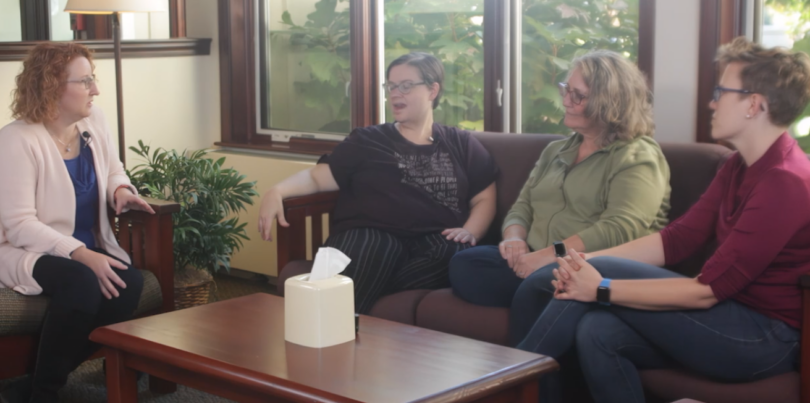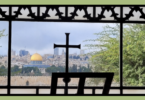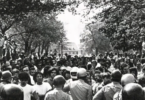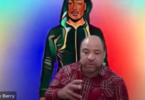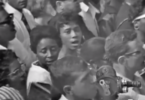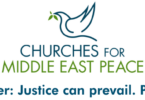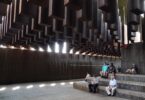In 2022, a number of Moravian pastors from the Northern and Southern Provinces went on a Racial Justice Pilgrimage to Montgomery, Alabama. In addition to several days of training and discussion, the group visited the Dexter Avenue Baptist Church, where Martin Luther King, Jr. was pastor during the height of the Civil Rights struggle in the 50s and 60s. They also visited the Rosa Parks Library and Museum, the Legacy Museum, and the Memorial for Peace and Justice. We asked several of them to tell us about their pilgrimage and what it meant to them.
Part One
Questions for Pilgrimage Video Part One:
- It was mentioned that a part of our history is slavery and oppression. Many would prefer to leave the past in the past. How do you feel about this?
- Sue mentions the wounds of the past that continue to happen. How have you witnessed this? What does the Bible say about this?
- How does going on a pilgrimage, honoring the importance of Black History Month, or the history of racial justice in America help us as Christians to love one another more fully?
- Someone said the church needs to break the silence on the issue of racial justice. What happened in the past when it was brought up by church leaders? (there was some reference to this in the Sides/Sawyer videos). What challenges might we face today when confronting this issue?
Part Two
Questions for Pilgrimage Video Part Two:
- Participants mention how painful it was to re-visit aspects of American history that many of us prefer to leave behind. What emotions come up for you while watching the video?
- How many lynchings occurred in the South and what states were highest? How was lynching made to be a public spectacle?
- In The Cross and the Lynching Tree, James Cone compares the lynching tree in America and its symbolism of racial violence and oppression to the crucifixion of Jesus Christ. What similarities do you see with the lynching in America and the crucifix?
- What does it mean that “we are wounded in this” and what work do we need to do to be made well?
- What does it mean that “the solution needs to start with the micro” rather than the macro? How can we begin to heal ourselves?

